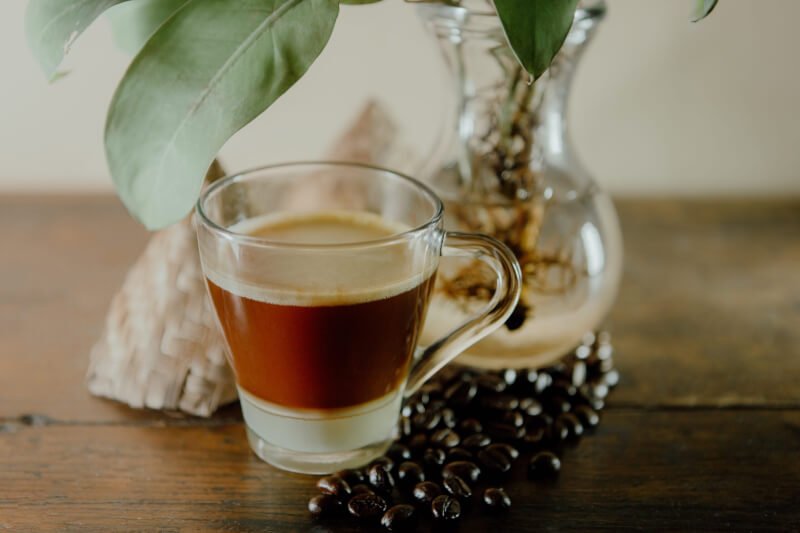Whether you’re a tea connoisseur or just starting to explore the world of tea, understanding the appropriate brewing techniques for different types of tea is essential to bringing out the best flavors and aromas in each cup. From delicate green teas to robust black teas, each variety requires specific attention to temperature, steeping time, and method. In this article, you will discover a comprehensive guide to tea brewing techniques that will elevate your tea experience to new heights. So grab your favorite tea leaves and get ready to embark on a flavorful journey. Tea is a beloved beverage enjoyed by people all over the world. It comes in a variety of types and flavors, each with its own distinct brewing method to maximize its unique taste and aroma. In this comprehensive article, we will explore the various brewing techniques for different types of tea, including black tea, green tea, white tea, oolong tea, herbal tea, pu-erh tea, matcha, rooibos tea, and chai tea.
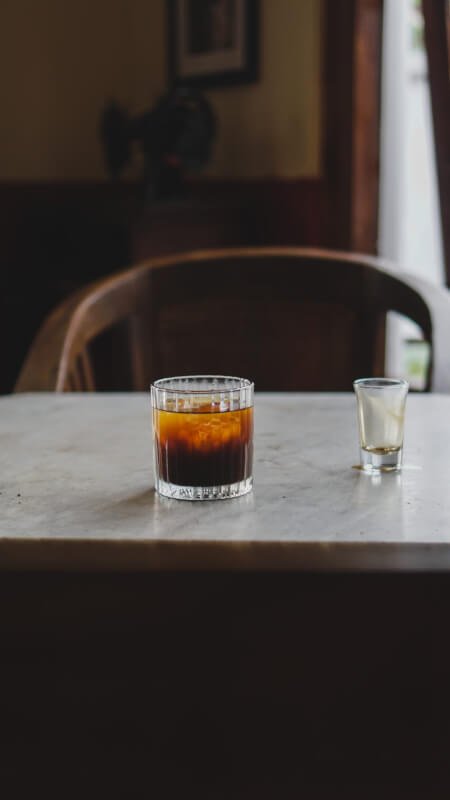
Black Tea
Hot Brew
When brewing black tea, the most common method is a traditional hot brew. Begin by heating water to around 212°F (100°C). Then, add the desired amount of tea leaves to a teapot or infuser. Pour the hot water over the tea leaves and let it steep for 3-5 minutes. The longer you steep, the stronger and more robust the flavor will be. Finally, strain the tea into your cup and enjoy it hot.
Cold Brew
For a refreshing twist on black tea, you can also try cold brew. Start by adding cold or room temperature water to a pitcher or container. Add the tea leaves, using 1 teaspoon of leaves for every 8 ounces of water. Stir gently to ensure all the leaves are saturated. Let the mixture sit in the refrigerator for at least 8-12 hours to infuse. Once steeped, strain the tea and serve it over ice. Cold-brewed black tea is smooth, mellow, and perfect for hot summer days.
Green Tea
Steeping Method
Green tea requires a more delicate approach to brewing. First, bring water to a temperature of around 175°F (80°C). If the water is too hot, it can cause the tea to become bitter. Add the tea leaves to a teapot or infuser, using approximately 1 teaspoon for every 8 ounces of water. Pour the water over the leaves and let it steep for 2-3 minutes. Be careful not to oversteep, as it can result in a bitter taste. Finally, strain the tea and savor its vibrant and fresh flavor.
Gongfu Brewing
Gongfu brewing is a traditional Chinese method that brings out the full potential of green tea. Start by preheating your teapot and cups by rinsing them with hot water. Add a generous amount of tea leaves to the teapot, using about 1 tablespoon for every 6 ounces of water. Rinse the leaves by pouring hot water over them briefly and then immediately discarding the water. Fill the teapot with hot water and let it steep for 30 seconds to a minute. Serve the tea in small cups, enjoying the rich and satisfying flavors that gongfu brewing accentuates.

White Tea
Steeping Time and Temperature
White tea is known for its delicate and subtle flavors, requiring precise brewing techniques. Heat water to a temperature of around 175°F (80°C). Add the tea leaves to a teapot or infuser, using approximately 1-2 teaspoons per cup. Let the tea steep for 2-5 minutes, depending on your preference for flavor intensity. Remember, longer steeping times will result in a stronger taste. Strain the tea and relish its light and airy essence.
Water Quality
To fully appreciate the nuanced flavors of white tea, it’s important to use high-quality water. Filtered or spring water is preferred, as tap water can contain impurities that affect the taste. Avoid using water that has been boiled multiple times, as it can lack oxygen and impact the overall flavor profile of the tea. By using pristine water, you can achieve the best possible taste when brewing white tea.
Oolong Tea
Steeping Time and Temperature
Oolong tea offers a diverse range of flavors, making it a versatile and captivating choice. Heat water to a temperature between 190-200°F (87-93°C), depending on the type of oolong tea. Lighter oolongs generally require lower temperatures, while darker oolongs can handle slightly hotter water. Add the tea leaves to a teapot or infuser, using approximately 1 teaspoon per cup. Let the tea steep for 3-5 minutes, allowing the flavors to intensify. Experiment with different steeping times to find the perfect balance for your taste buds. Strain the tea and savor its complex and enticing characteristics.
Teapot Brewing
Teapot brewing is a classic method for enjoying oolong tea. Begin by warming the teapot by pouring hot water into it and then discarding the water. Add the tea leaves to the warmed teapot, using approximately 1 teaspoon per cup. Pour hot water over the leaves and cover the teapot. Let it steep for 3-5 minutes, depending on the desired strength. To serve, pour the tea into cups, appreciating the rich and multifaceted flavors that teapot brewing enhances.
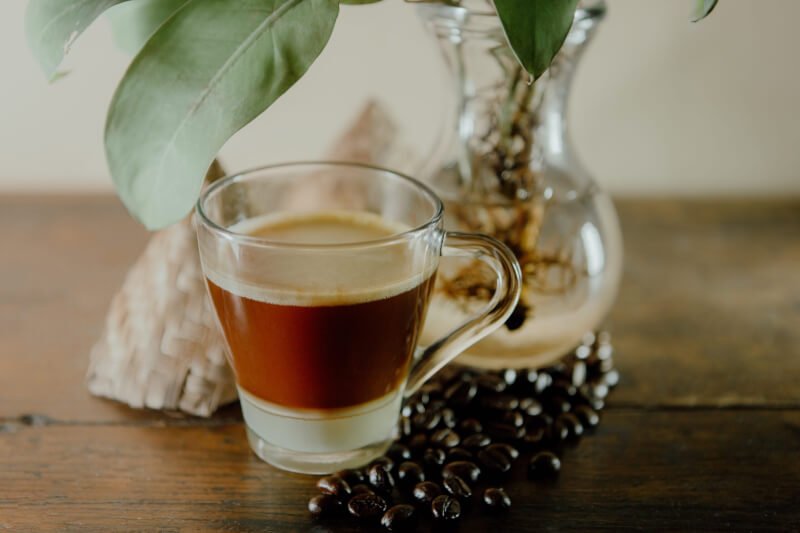
Herbal Tea
Infusion Time
Unlike traditional tea, herbal teas are not made from the Camellia sinensis plant. Instead, they are created by infusing various herbs, flowers, and spices in hot water. Since herbal teas have a wide range of ingredients, the infusion time can vary. As a general guideline, steep herbal teas for 5-7 minutes to extract their flavors fully. However, feel free to adjust the steeping time to suit your taste preferences. After steeping, strain the tea and indulge in its soothing and aromatic qualities.
Water Temperature
When brewing herbal tea, use boiling water to ensure a full extraction of flavors. Boil water and pour it over the herbs or tea bags in a teapot or infuser. Let it steep for the recommended time and strain. The high temperature allows the herbs to release their beneficial compounds and fragrant essences into the water, creating a satisfying and comforting herbal tea experience.
Pu-erh Tea
Rinsing the Leaves
Pu-erh tea, a fermented tea from China, benefits from an initial rinse to awaken the leaves and remove any impurities. Begin by rinsing the teapot or teacup with hot water to warm it. Then, add the pu-erh tea leaves to the teapot, using approximately 1 teaspoon per cup. Pour hot water over the leaves and immediately discard the rinse water. This step is important to enhance the tea’s flavors and eliminate any unwanted elements.
Multiple Infusions
One of the unique characteristics of pu-erh tea is its ability to be steeped multiple times. After the initial rinse, add hot water to the leaves and let them steep for 30 seconds to 1 minute. Pour the tea into cups and enjoy the first infusion. For subsequent infusions, increase the steeping time by around 10-15 seconds each time. Each infusion will bring out different nuances in flavor, allowing you to experience the depth and complexity of pu-erh tea.
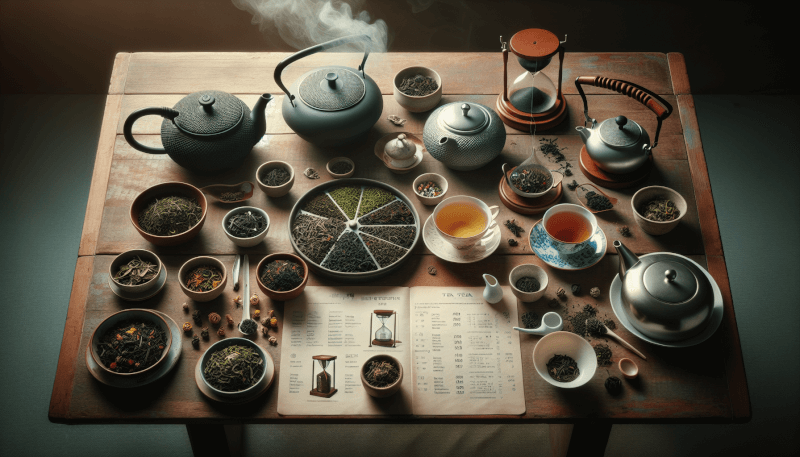
Matcha
Traditional Ceremonial Method
Matcha, a powdered form of green tea, is renowned for its ceremonial brewing method. Start by sifting a teaspoon of matcha powder into a bowl using a fine sieve. Add hot water, heated to around 175°F (80°C), and whisk vigorously in a zigzag motion with a bamboo whisk until the tea becomes frothy. Gently sip the matcha, appreciating its vibrant green color, rich flavor, and the sense of tranquility that comes with the ritual.
Quick and Easy Method
If you’re short on time or prefer a simpler approach, there is a quick and easy method for preparing matcha. Spoon a teaspoon of matcha powder into a cup. Heat water to a temperature of around 175°F (80°C) and pour it over the matcha. Use a whisk or fork to vigorously mix the matcha and water until it becomes smooth and frothy. This method allows you to enjoy the distinctive taste of matcha with minimal effort.
Rooibos Tea
Steeping Time
Rooibos tea, also known as red bush tea, is a caffeine-free herbal tea with a rich and earthy flavor. When steeping rooibos tea, use boiling water to extract its full-bodied taste. Add the tea leaves or tea bags to a teapot or infuser and pour boiling water over them. Let the tea steep for 5-7 minutes, allowing the flavors to develop fully. Strain the tea and indulge in its warm and comforting essence.
Water Type
To enhance the flavors of rooibos tea, it’s advisable to use soft or filtered water. The mineral content in hard water can potentially affect the taste and make the tea seem flat. By using soft water, you ensure that the flavors of the rooibos tea shine through, resulting in a more enjoyable and satisfying cup of tea.
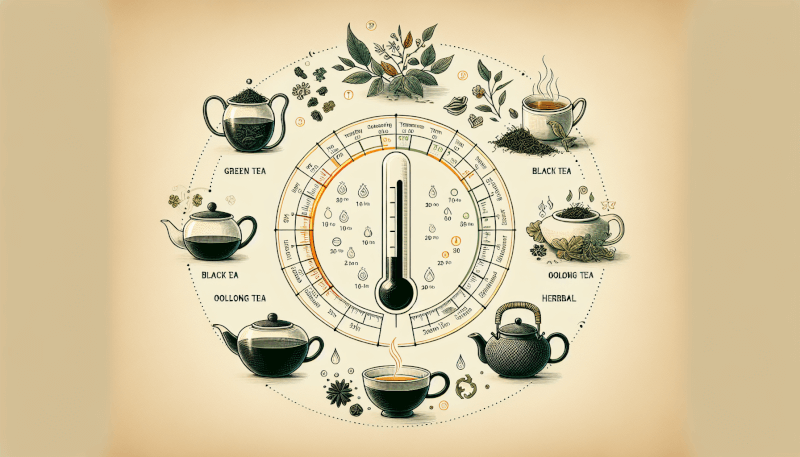
Chai Tea
Stovetop Method
Chai tea is a spiced tea originating from India and is known for its bold and aromatic flavors. To prepare chai tea using the stovetop method, combine water, black tea leaves, and a mixture of spices such as cinnamon, cardamom, cloves, ginger, and black pepper in a saucepan. Bring the mixture to a boil, then reduce the heat and let it simmer for 10-15 minutes to allow the flavors to meld together. Add milk and sweetener, if desired, and simmer for an additional 2-3 minutes. Strain the chai tea into cups and enjoy its warm and invigorating profile.
Latte Method
For a creamy and indulgent chai tea experience, try the latte method. Begin by steeping black tea leaves in hot water for 5 minutes. While the tea is steeping, heat milk in a separate saucepan and add a blend of chai spices, such as cinnamon and cardamom. Let the milk simmer for 5 minutes to infuse the flavors. Strain the black tea and combine it with the spiced milk. Froth the mixture using a handheld frother or blender. Pour the chai tea latte into mugs, sprinkle with additional spices or a dash of cinnamon, and savor the comforting, velvety goodness.
Conclusion
Brewing tea is an art form that encompasses a range of techniques suited to each type of tea’s distinctive qualities. Whether it’s the robustness of black tea, the delicate essence of green tea, the subtlety of white tea, the complexity of oolong tea, the calming nature of herbal tea, the richness of pu-erh tea, the ceremonial beauty of matcha, the comforting warmth of rooibos tea, or the irresistible flavors of chai tea, each cup of tea offers a unique experience.
By following the appropriate brewing methods, you can unlock the full potential of the tea leaves, allowing their flavors and aromas to envelop your senses. So, the next time you decide to enjoy a cup of tea, take a moment to select the right brewing technique for the type of tea you have and embark on a journey of taste and tranquility. Remember, the possibilities are endless, and the world of tea awaits your exploration. Happy brewing!

